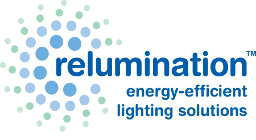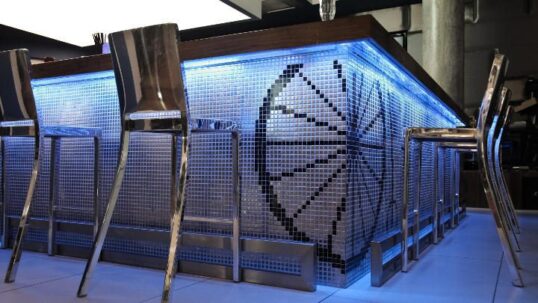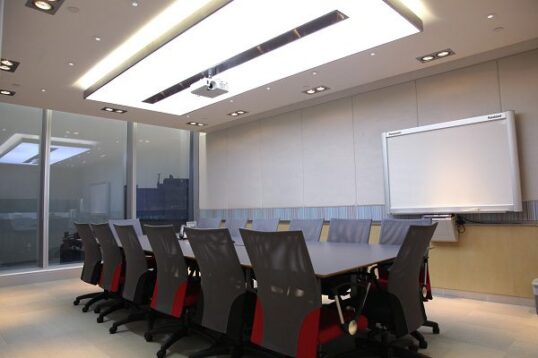It appears that school lighting may affect not only the way students perform, but their health as well. We have long recognized the effect of natural sunlight on the human body to produce both physiological and psychological health. Research cited by“Academia.edu” indicates that artificial lighting can approximate the sun’s beneficial effects and stimulate student learning.
Two characteristics of light are noted in the study. One is the brightness, or intensity, and the other is the color temperature. Together, these aspects can alter our sleep patterns and quality, our blood pressure, heart rate variability and core temperature as well as regulating the amount of melatonin we produce. They also affect our mental alertness and the perception of how well we understand a subject we are studying. We have supposed that natural sunlight is superior to artificial lighting, but research shows that artificial lighting can have a positive effect on the speed with which we work and our accuracy.
How does all this play into choosing school lighting? First, it has been demonstrated that lighting which approximates natural sunlight can keep children healthier. That translates to less “sick days” out of the classroom. When the student is in class, proper lighting can keep her alert and help her be more attentive to teacher instruction. Lighting has also been shown to affect mood and behavior. Brighter light (over 500lux) seems to promote better moods and less aggressiveness.
Data from schools in the study also shows how a dynamic lighting system (one in which the lighting can be changed) can bring about relaxation in students after periods of enhanced learning. This could keep students from tiring too early and having dulled senses in the afternoon.





